I have a SQL Table and I would like to select multiple rows by ID. For example I would like to get the row with IDs 1, 5 and 9 from my table.
I have been doing this with a WHERE IN statement similar to below:
SELECT [Id]
FROM [MyTable]
WHERE [Id] IN (1,5,9)
However this is quite slow for large numbers of items in the 'IN' clause
Below is some performance data from selecting rows using where in from a table with 1,000,000 rows
Querying for 1 random keys (where in) took 0ms
Querying for 1000 random keys (where in) took 46ms
Querying for 2000 random keys (where in) took 94ms
Querying for 3000 random keys (where in) took 249ms
Querying for 4000 random keys (where in) took 316ms
Querying for 5000 random keys (where in) took 391ms
Querying for 6000 random keys (where in) took 466ms
Querying for 7000 random keys (where in) took 552ms
Querying for 8000 random keys (where in) took 644ms
Querying for 9000 random keys (where in) took 743ms
Querying for 10000 random keys (where in) took 853ms
Is there a faster way than using WHERE IN to do this.
We cant do a join as this is between disconnected systems.
I have heard an in memory temp table joined to the data in MYSQL may be faster but from my research MSSQL doesn't have have an in memory table option and even so wouldn't it be prone to exactly the same index scan on insert into the temp table as the WHERE IN has?
EDIT:
This table has ID as a PK so has the default PK index, cf
CREATE TABLE [dbo].[Entities](
[Id] [int] IDENTITY(1,1) NOT NULL,
CONSTRAINT [PK_dbo.Entities] PRIMARY KEY CLUSTERED
(
[Id] ASC
)WITH (PAD_INDEX = OFF, STATISTICS_NORECOMPUTE = OFF, IGNORE_DUP_KEY = OFF, ALLOW_ROW_LOCKS = ON, ALLOW_PAGE_LOCKS = ON) ON [PRIMARY]
) ON [PRIMARY]
Execution plan

Here is a GIST for a console app which produces these performance results https://gist.github.com/lukemcgregor/5914774
EDIT 2 I created a function which creates a temp table from a comma separated string, and then joined vs that table. Its faster but i think mostly because of the issue with parsing the query with where in
Querying for 1 random keys took 1ms
Querying for 1000 random keys took 34ms
Querying for 2000 random keys took 69ms
Querying for 3000 random keys took 111ms
Querying for 4000 random keys took 143ms
Querying for 5000 random keys took 182ms
Querying for 6000 random keys took 224ms
Querying for 7000 random keys took 271ms
Querying for 8000 random keys took 315ms
Querying for 9000 random keys took 361ms
Querying for 10000 random keys took 411ms